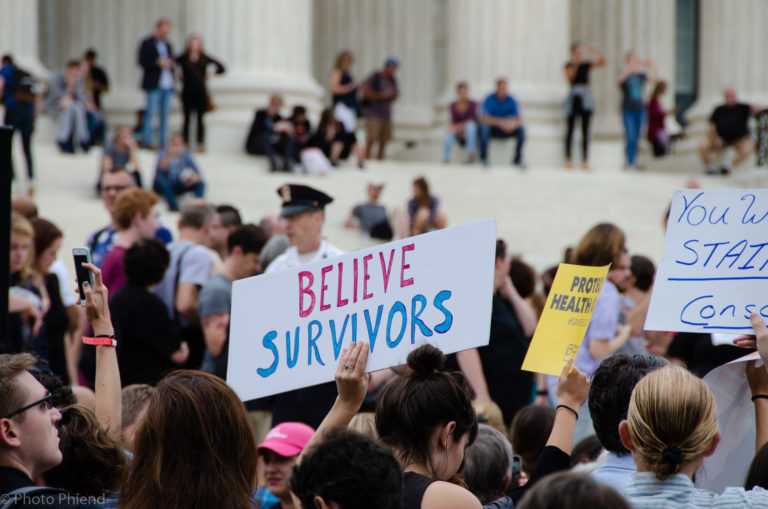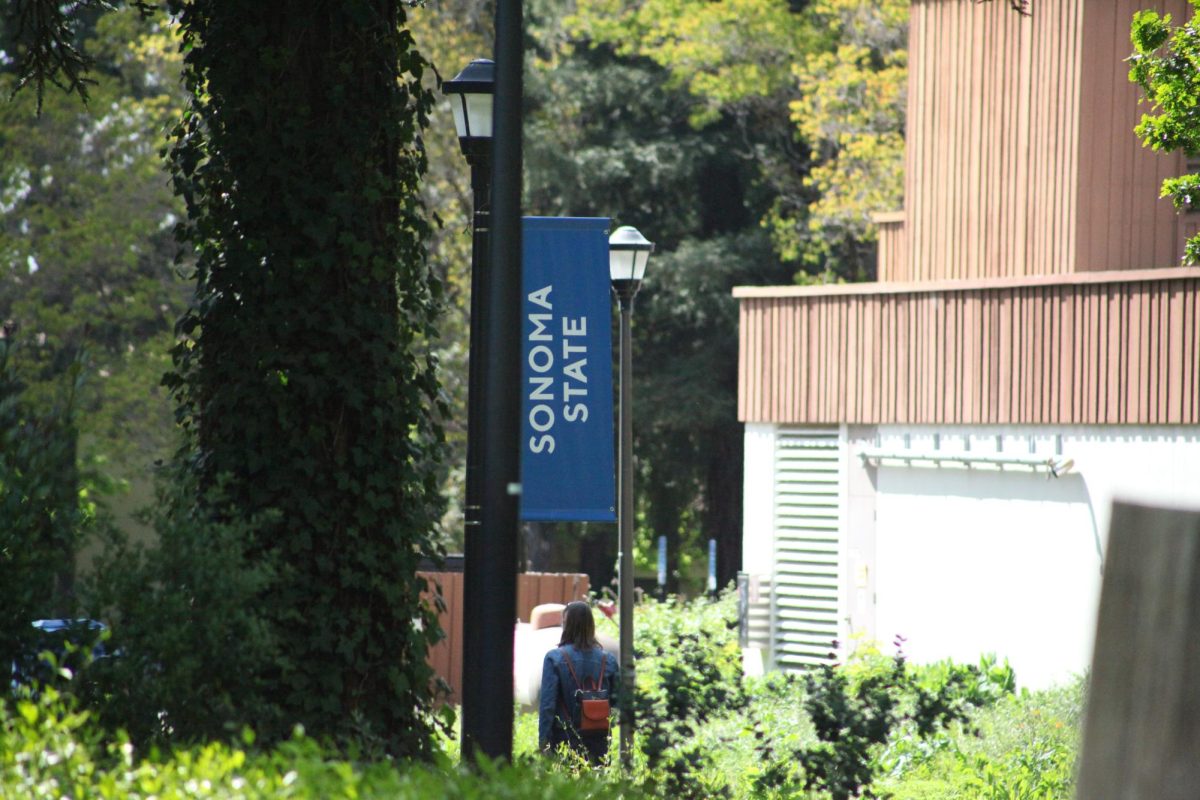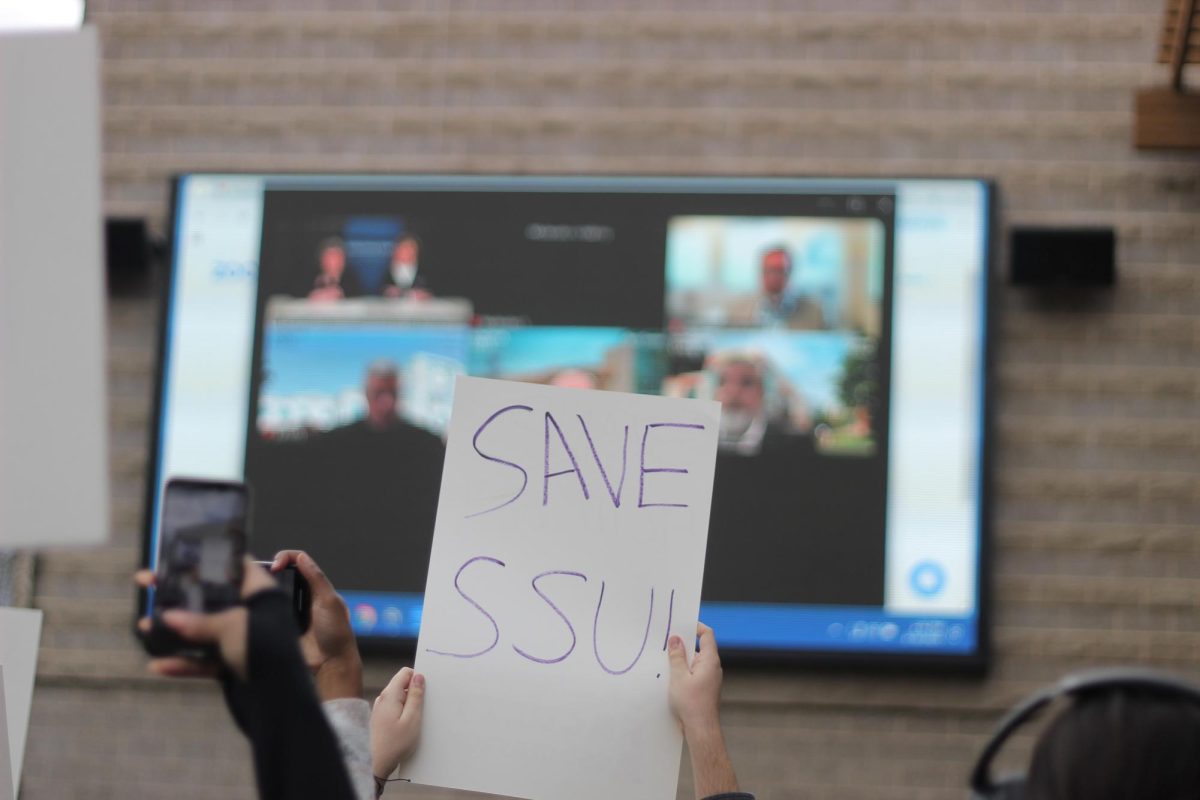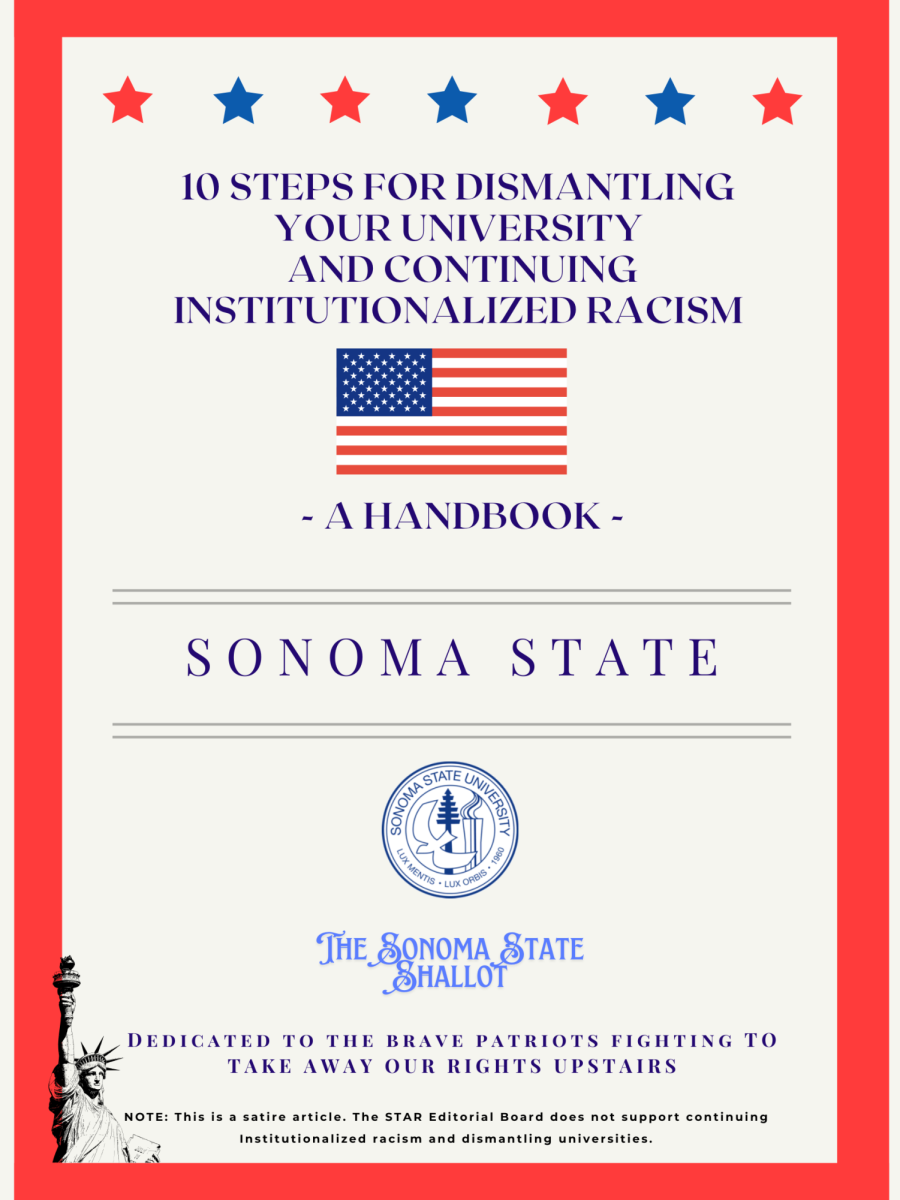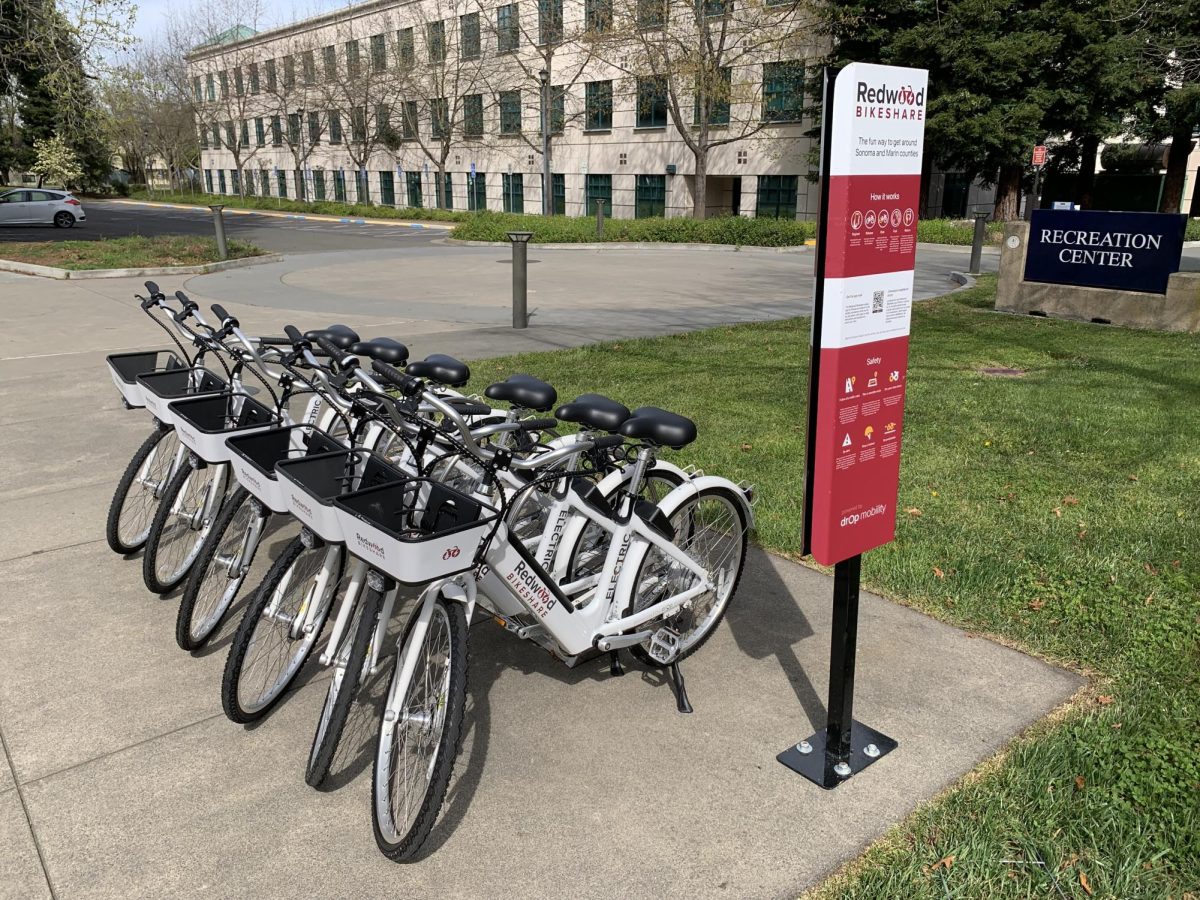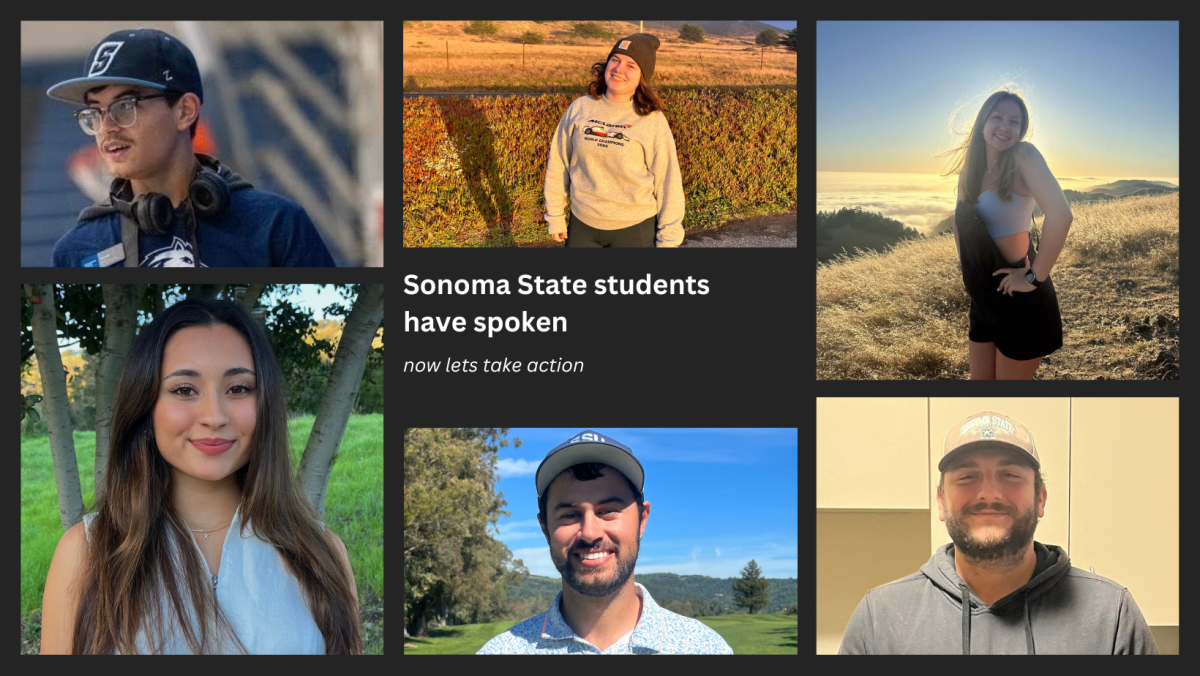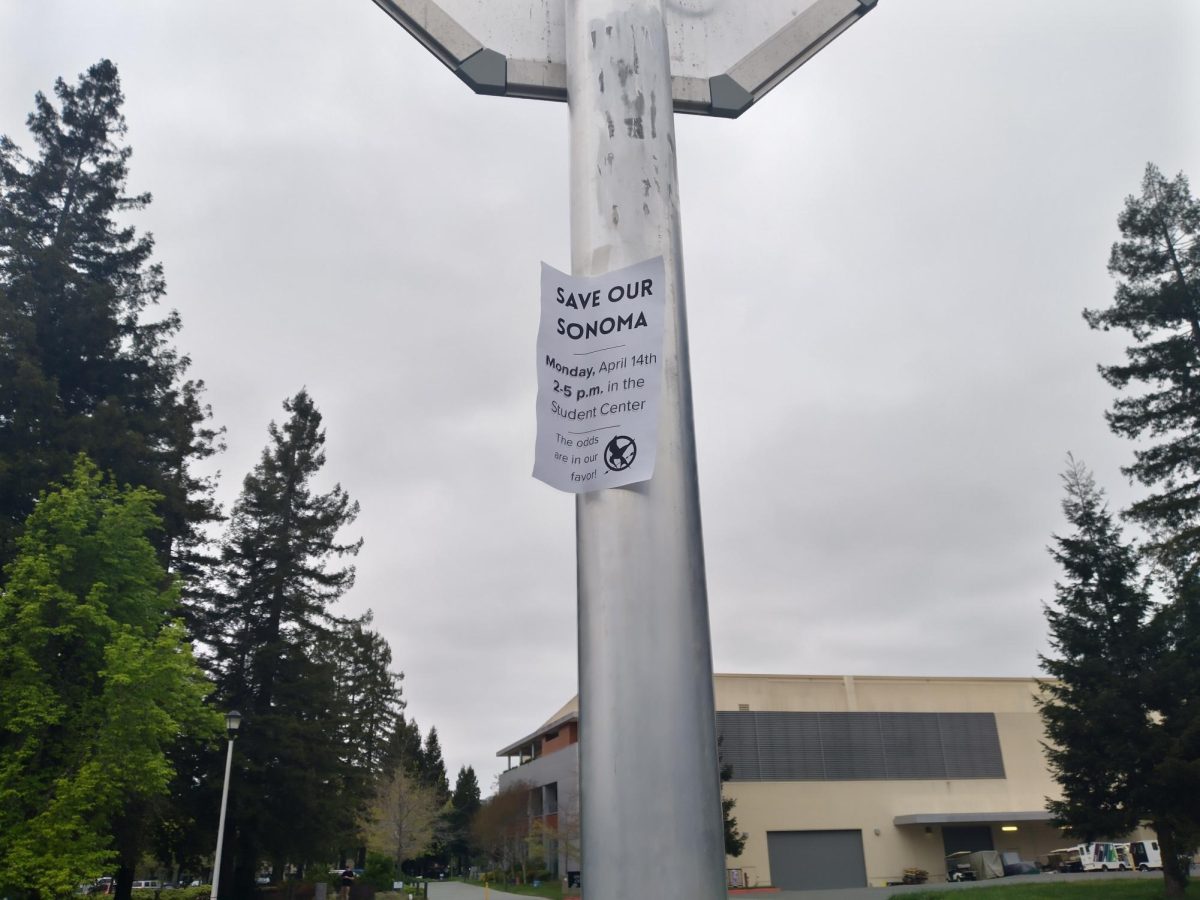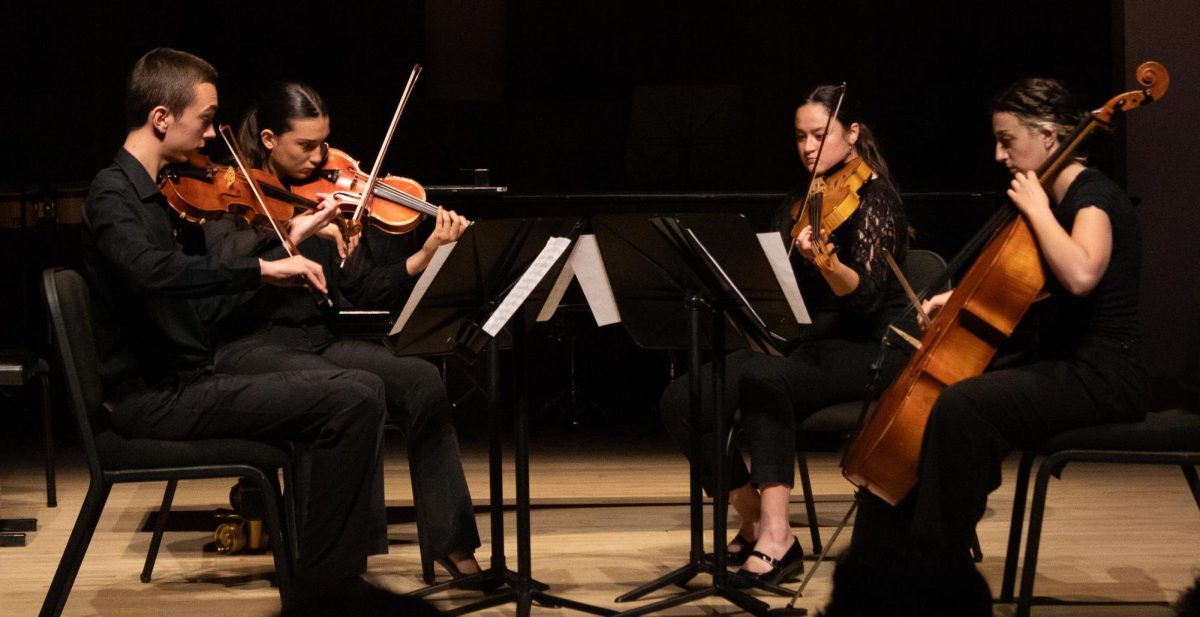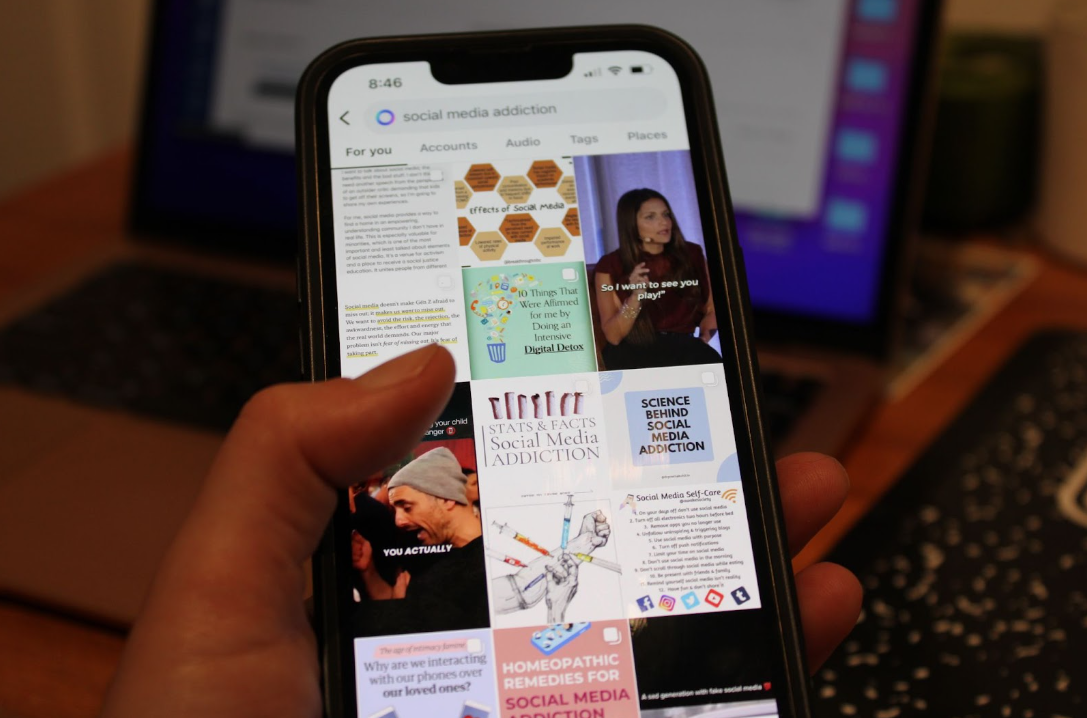The current generation of K-12 students has never known life without smartphones. Even the average-aged college student today reached early childhood when smartphones first became prevalent.
The prevalence of social media and smartphones has changed society in numerous ways. The way we learn, communicate, and entertain ourselves, but also our experience of loneliness, depression, and anxiety, and researchers have been following these impacts closely.
“In general, we are under the illusion that we are superconnected when in reality, we are more disconnected than ever, and not just from one another, but from ourselves,” said Doreen Best, a licensed clinical social worker and alumna of the Hutchins School of Liberal Studies at Sonoma State.
Alexander Kaplan, a middle school teacher in Sonoma County and an SSU alum who majored in history said, “I feel like cell phone use amongst young people is creating this false sense of identity and what life is really like. They are being shown all of these false realities of how people act, live, and treat others. It is a system of addiction that has unfortunately seeped into the minds of many young people and planted its unhealthy roots into their brains.”
While many people are generally aware of the addictive nature of smartphones, and a rise in mental health issues, what is being done to curb the fallout?
In June, the U.S. Surgeon General Vivek Murthy called for a warning label on social media platforms in a New York Times op-ed article. Last year, he issued an advisory about social media’s negative effect on youth’s mental health.
On Monday, Sept. 23, Gov. Newsom signed the Phone-Free School Act, a law requiring California school districts, charter schools, and county offices of education to develop policies that limit the use of smartphones in the classroom or during school hours. These policies will need to be in effect by July 1, 2026.
14 other states have also implemented similar policies over the last 15 months, according to a tracker from Education Week.
A human brain, specifically the prefrontal cortex is responsible for decision-making, future planning, impulse control, and emotion regulation, is not developing until approximately age 25. So young people are especially susceptible to habit-forming behaviors.
Social media is intentionally designed to be addictive, with features such as ‘likes,’ ‘infinite scroll,’ and algorithms that funnel more relevant content to keep the user online longer.
“There have been studies that show that hearing the alarm or notification from your phone, or seeing the preview on the screen is like using a slot machine,” Best said.
“Excessive use can lead to a hacking of the dopamine reward center in our brains which reinforces more use— we keep using it to prevent that feeling of missing out or feeling let down,” Best continued.
Why should this matter to college students, if Gov. Newsom’s new smartphone restriction is not extended to college campuses?
Research shows that excessive smartphone usage can also negatively impact academic achievement.
According to a study by the National Institutes of Health by Jiahui Zhang and Youlai Zeng, individuals may rely on excessive smartphone usage to cope with negative emotions, “effectively using smartphones as a means of escaping from real-life challenges. When college students encounter difficulties in their academic lives, such as academic pressure or interpersonal issues, they may develop a dependence on smartphones, increasing the likelihood of smartphone addiction.”
The study also highlights how smartphone addiction among students can increase the tendency to procrastinate, serve as a distraction during the delivery of information in class, or deter focus during studies, all of which are linked with lower academic performance.
Marco Calavita, a communications and media professor at SSU said over the years of his career he has seen a decline in students’ attention and work, “but it is hard to say how much of that is related to smartphone use in the classroom. There are so many other factors potentially involved that I think make it harder for students to do things like read, write, and focus clearly on their work,” he said.
Calavita noted the other challenges facing the current generation of students, which are in some ways related to the increase of technology such as the internet. “I think over the last few decades we’ve seen the rise of a culture of interrelated distraction, amusement, anxiety, and fear which coexists with relative difficulties with and inattention to slow, quiet, hard things like traditional schoolwork,” he said.
“It goes beyond smartphones and social media, although they play major roles, and it’s made more difficult when the very same devices students are often trying to do schoolwork on, like laptops and tablets, are also one easy click away from being instant amusement and distraction machines,” he continued.
Educators’ experiences with navigating this challenge also need to be considered.
Calavita said of smartphone use or using laptops for things other than note-taking in class, “It’s a distraction that’s disheartening when a teacher is trying hard to engage and connect with students and spark their interest in the material and ideas. But what bothers me most is the way it inevitably affects other students in the class who are not doing those things and are earnestly there to learn.”
Kaplan echoed this distraction in his own teaching experience. “When I was student teaching I would have to continually ask students to put their phones away, or they would ask me to repeat the directions of the learning activity,” he said.
College is costly, both in time and money. It is also generally a choice to attend, granted sometimes it’s a choice made in response to pressure from our parents or society. Not being fully present, however, can drastically impact our experience and serve as a vicious cycle of academic and social anxiety— making an important time in our lives feel like more of a burden.
Negative emotions like doubt, hopelessness, or boredom affect our motivation to make an effort. And to succeed in college generally requires a fair amount of determination and belief in oneself.
Other reports show we are living through an epidemic of loneliness and isolation– a mental health crisis– and excessive screen time is a major contributing factor.
Young people, especially those who engage in excessive use of social media, “are more prone to being exposed to cyberbullying, body shaming, eating disorders, and other traumatic experiences that they may not feel prepared to take on or process. Excessive use can also lead to depression and anxiety as the youth are constantly comparing themselves to what they see on social media, and when they don’t feel they can or will measure up, this can lead to low self-esteem,” Best said.
“A modifying factor is having real people in the youths’ lives who can help them re-regulate when their sense of self gets out of whack, like siblings, parents or guardians, or friends,” Best continued.
Calavita attributed challenges facing youth to additional factors. “As compared to recent stretches of American history like the mid-1970s to the late 1990s, these have also just been relatively very scary, difficult times, including climate change, highly publicized school shootings, 9/11, wars in Afghanistan and Iraq, the worst economy since the Great Depression, a global pandemic, serious threats to democracy, and so on,” he said.
Many of these issues are why we may be trying to escape reality in the first place, especially if we are not taught effective coping mechanisms or can’t access mental health services.
Calavita noted how the concern about technology is nothing new. “There is a long history of older people fearing the media and technology use of younger people, from movies in the 1920s and 1930s to comic books and rock n’ roll and television in the 1950s, and ever since. I think smartphone use and social media have more of an impact than those examples did, but it’s also important to keep in mind that these kinds of concerns have significant precedents,” he said.
However, the responsibility of moderating smartphone usage and making healthier decisions should not be placed on the shoulders of young people alone. Because of course, young people are not the only ones potentially addicted to their smartphones.
Older generations can do more to lead by example.
Best said, “I think one of the most effective ways to do this is when the adults in the youths’ families use their phones less as well. Helping kids’ development and [helping to] hone interests outside of using the phone. However, this isn’t always accessible or possible in all households. Some kids may have responsibility over younger siblings and parents or guardians are working, so there isn’t as much supervision.”
Calavita said, “Older generations always worry about younger generations somehow being ruined, because of what that potentially means about our future. What would be helpful is if the older generations behaved more responsibly and ethically, and were shaping a world that was less hostile to the development of healthy and happy young people. The creators and marketers of smartphones and social media are prime examples of that.”
Both Kaplan and Calavita expressed support for the new law to restrict phone use in classrooms. When asked if he felt that the law should include college campuses, Calavita said “I think it might have a net positive effect on learning, but I also think it may be too controlling for those rules to be applied to people who are 18, 21, 25, etc. years old.”
As a therapist, Best said balance is key.
“Some things to be conscious of are how social media usage is affecting your mood, how often you are relying on it for comfort, whether or not it makes you prone to engage in conflict, how often you feel the need to exaggerate or filter your life to make it more palatable to others, comparing yourself to others, counting likes or reactions to your posts, neglecting responsibilities in your life like homework, chores, etc. These are some signs that it may be affecting you and your life and mental health negatively. It might be a good time to moderate your usage,” Best said.
“However, there are a lot of opportunities to learn online, and smartphones provide a [more] accessible way to learn and connect than in years past. It’s possible for both things to be true,” Best continued.
In a faster-paced world with significant stressors, young people including college-aged students should be as supported as possible. While it may seem like an infringement on personal freedom, boundaries are critically important for our well-being. If we know something can harm us and we are struggling to regulate it, our systems must support us rather than enable us.
Newsom’s Phone-Free School Act is an important step toward supporting youth with the impacts of smartphone usage, and it seems to be a current example of using power for good. Our institutions can always do better to address the root of the issue, however. Working towards improving the systemic challenges that cause us to want to escape into our social media, drugs, alcohol, sex, or other addictive behavior in the first place, is critical

